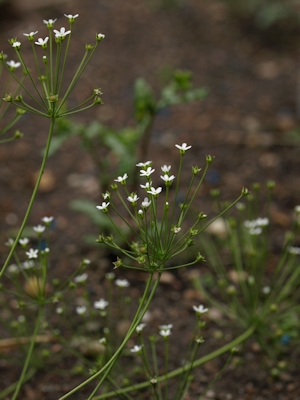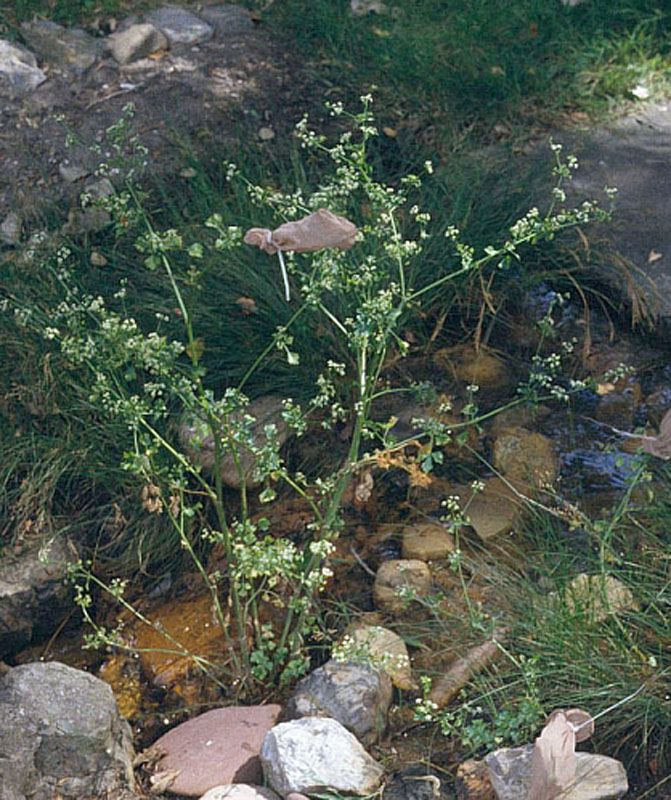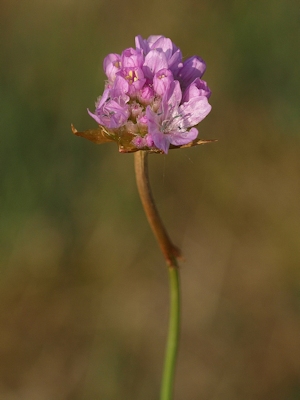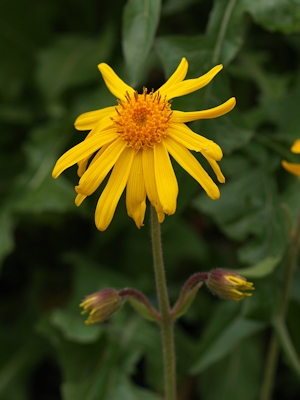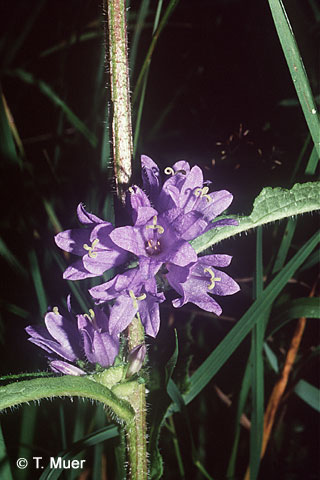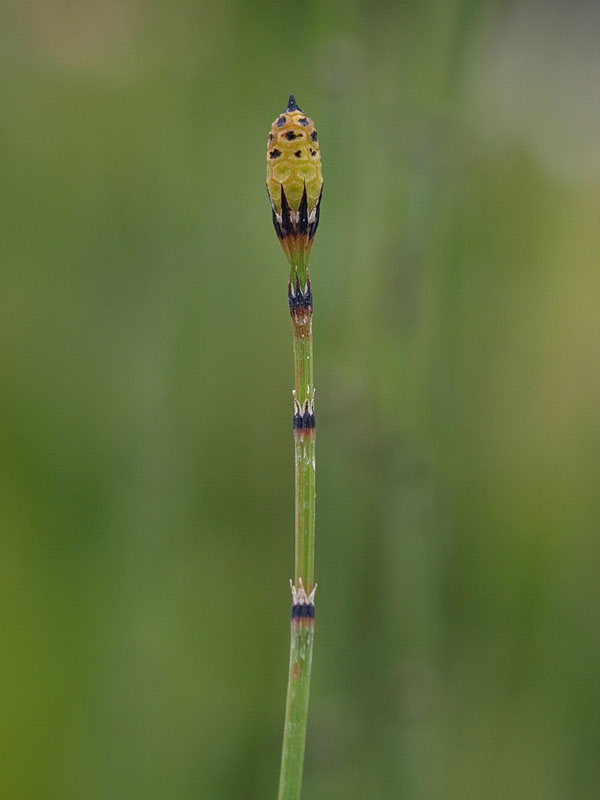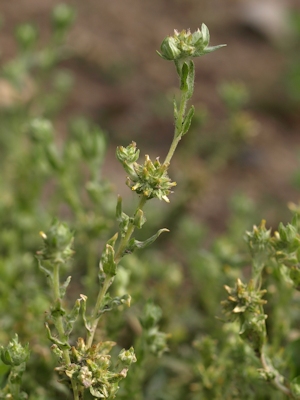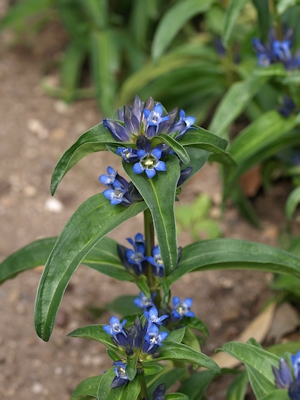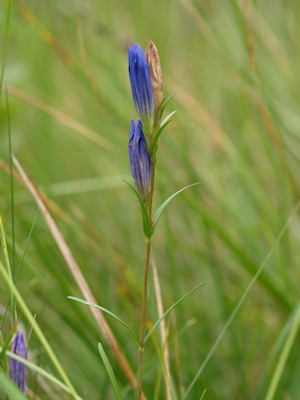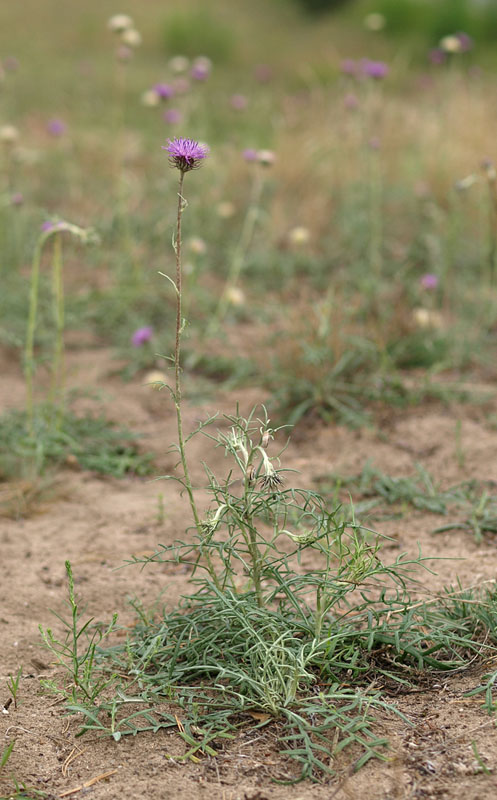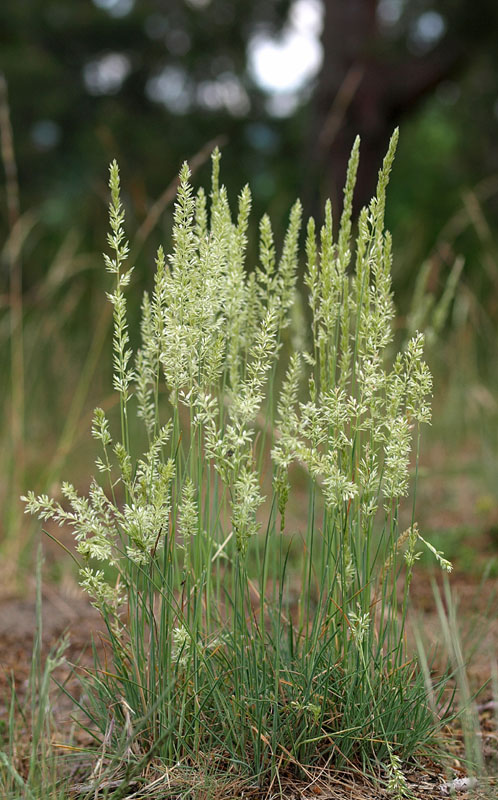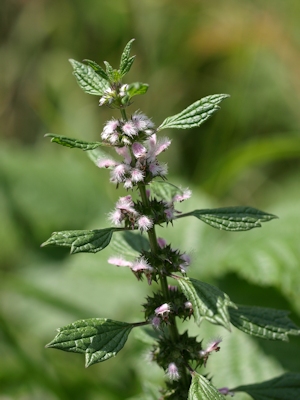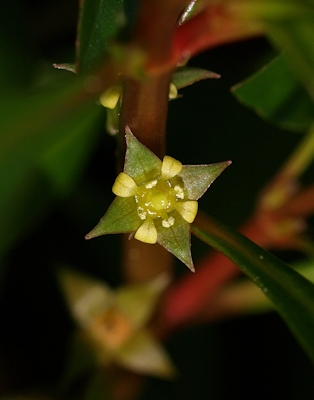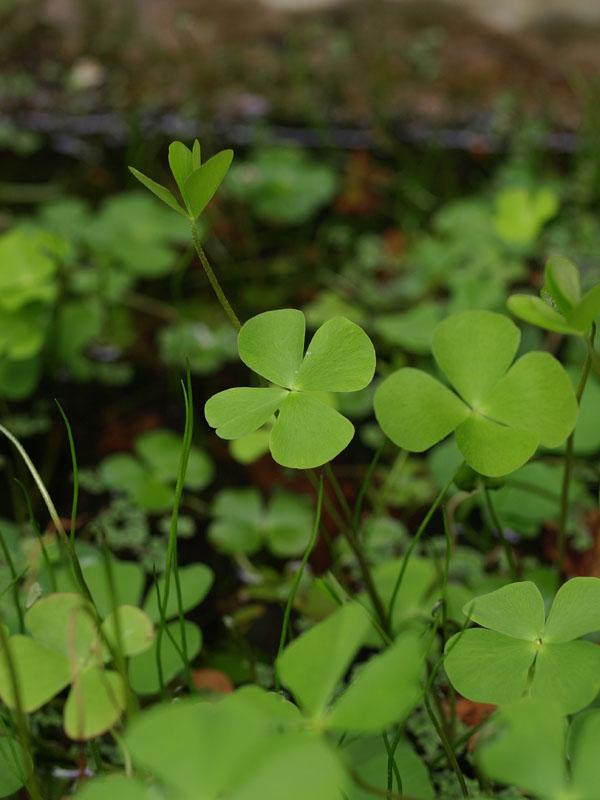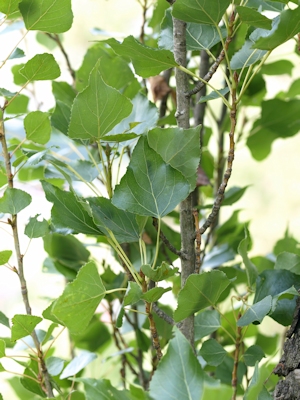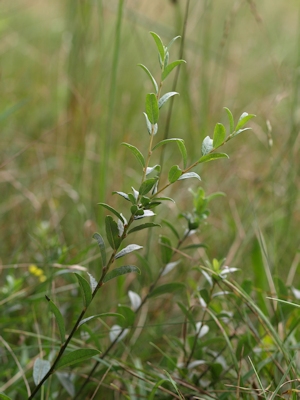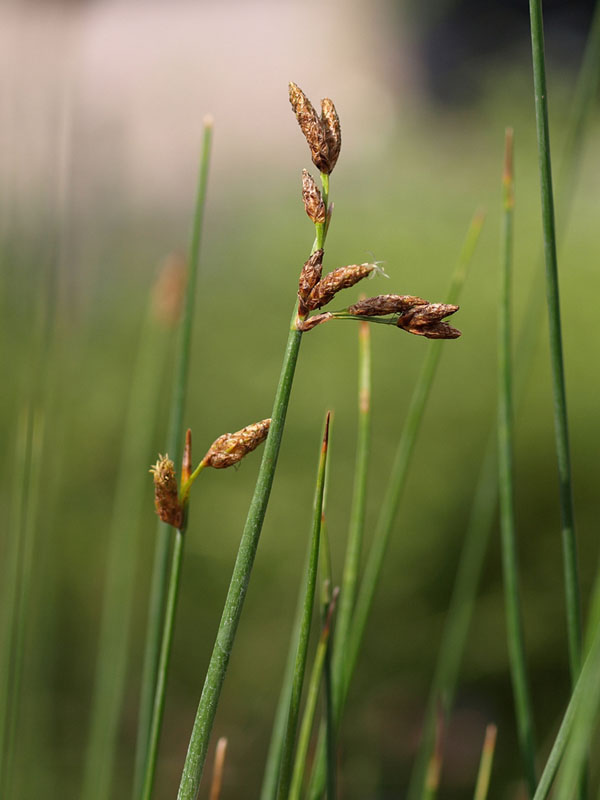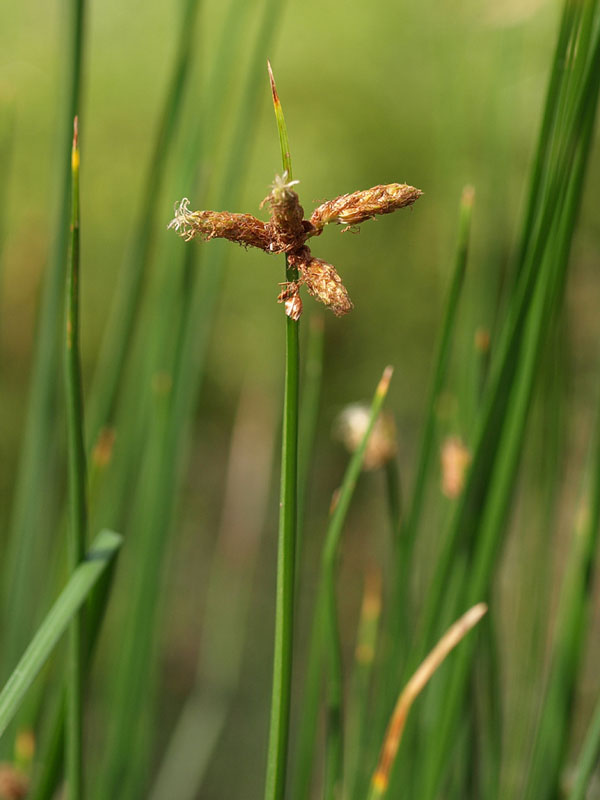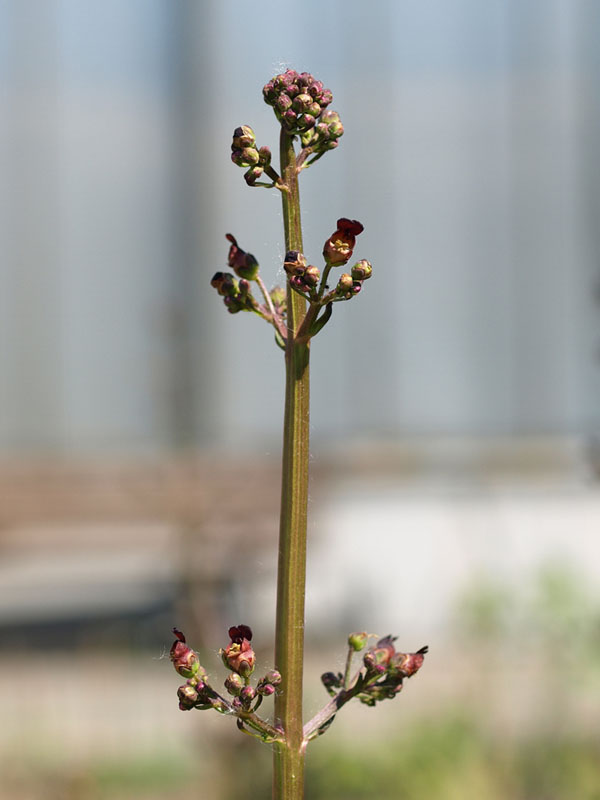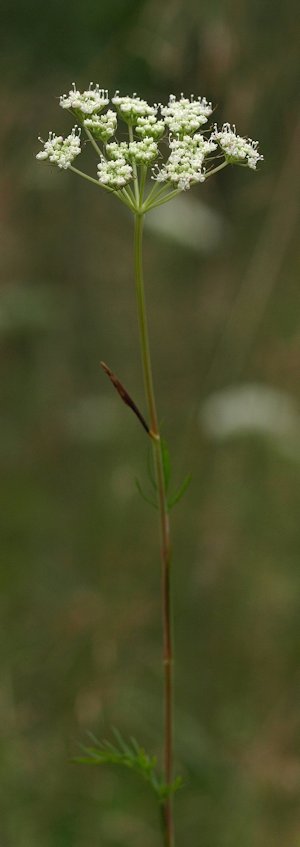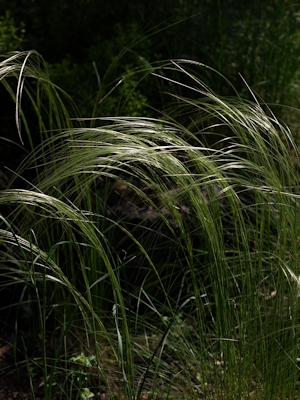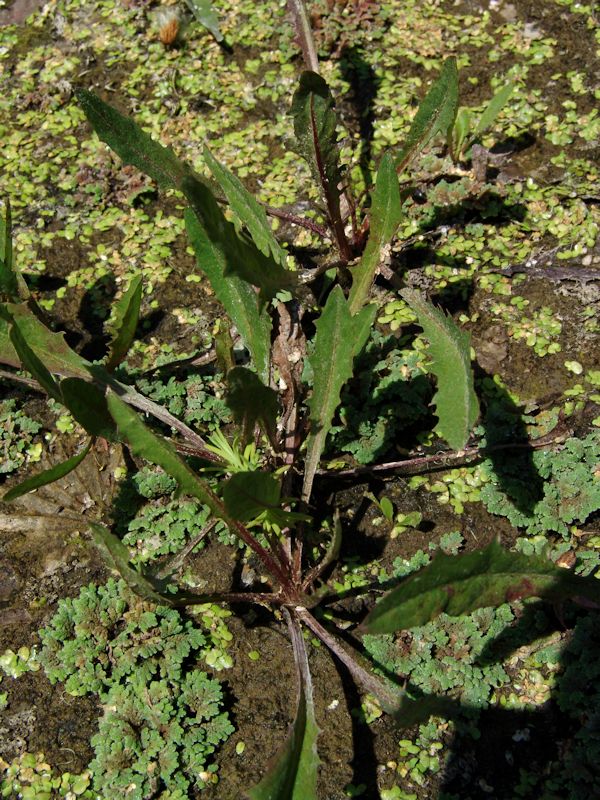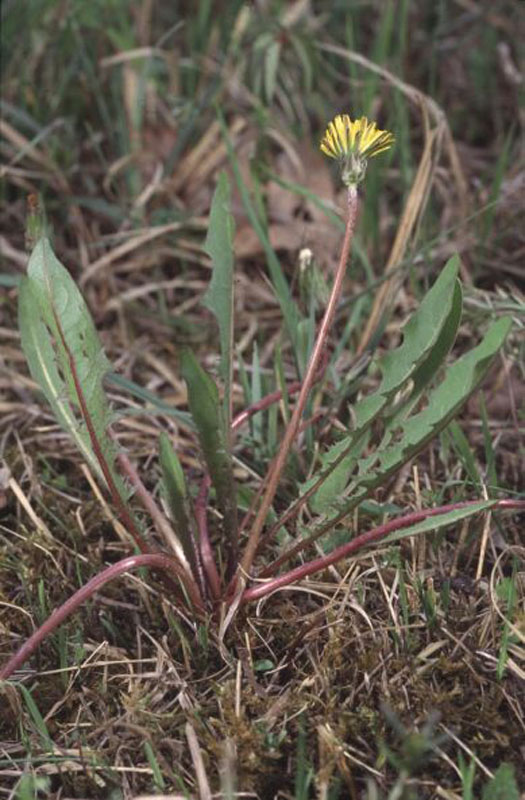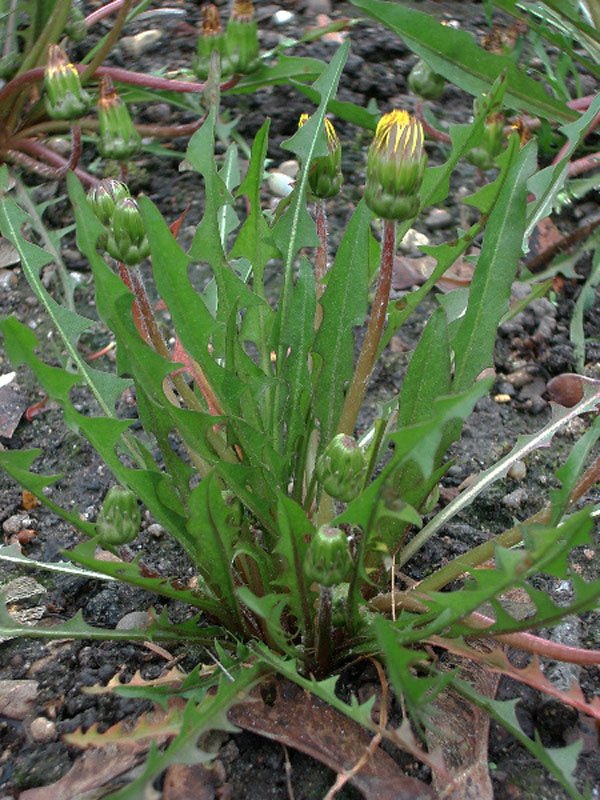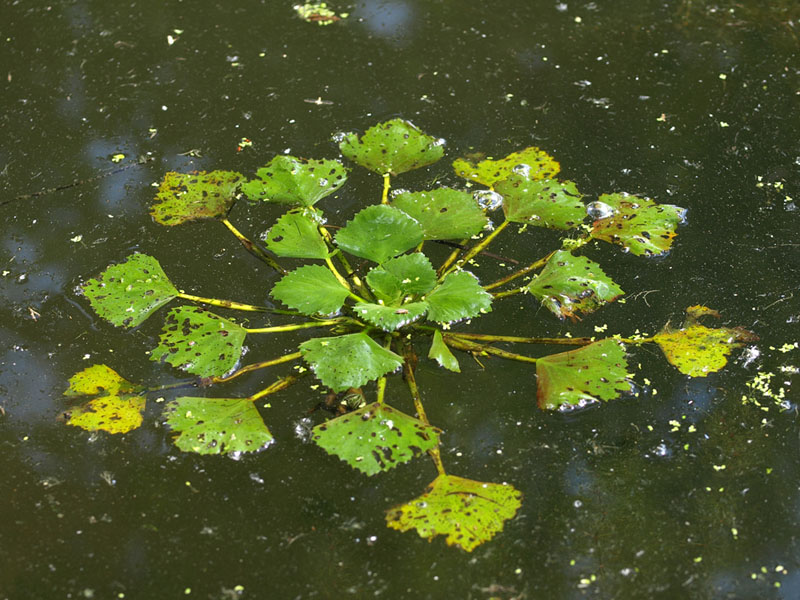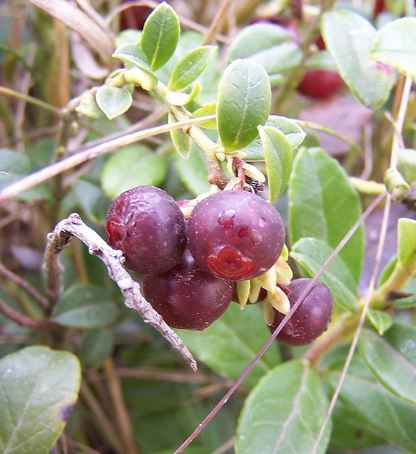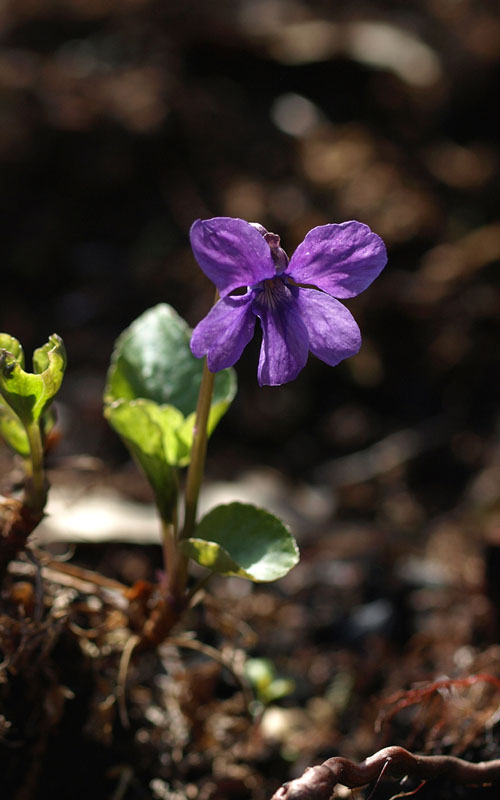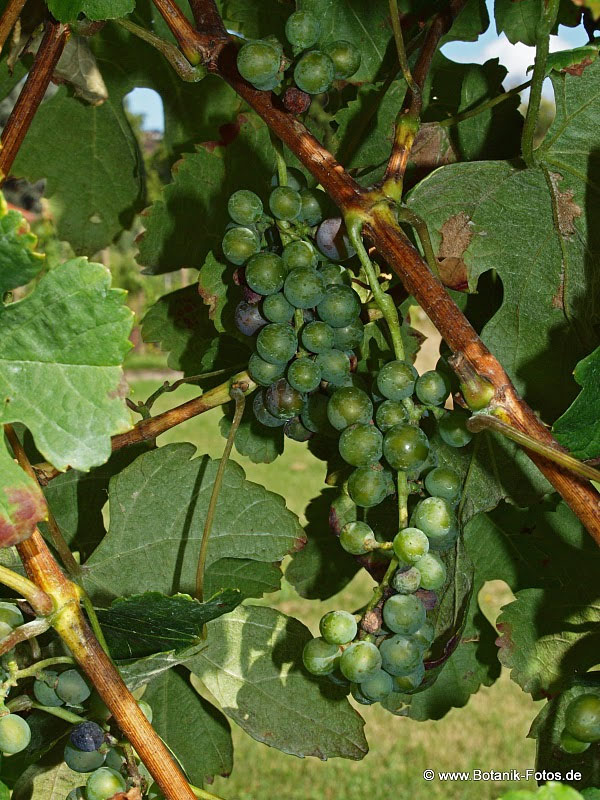Ex-situ conservation in the Botanical Garden
Ex situ or in situ?
How to conserve biodiversity? When natural habitats disappear, the Noah Principle offers often the last resort – plants are saved in a Botanical Garden or at least their seeds are stored. This approach is termed conservation ex-situ. However, this can only be a rescue strategy, since a species will adapt to life in the Botanical Garden and therefore will change. Sustainable species conservations requires to protect natural habitats, such that a species can evolve at its natural site (in-situ conservation). Evolution always proceeds, a species is different from an object that can be shown on display in a museum, it is rather a continuous flow that never stops.
The Botanical Garden of the KIT has been actively supporting species conservation over many years. For highly endangered species such as the Wild European Grape or the Wild Celery that exist in the wild only in very few sites (sometimes only in one), the garden is used for the Noah Principle. For more than 30 species, which are presented on these pages, we cultivate their last individuals, propagate them and often resettle them in favourite sites in the wild. This happens in close cooperation with the Regierungspräsidium Karlsruhe in frame of the Species Conservation Protection Programme of the State of Baden-Württemberg.
See also the Website of the work group „ex-situ conservation of wild plants" of the German Association of Botanical Gardens.
Ex-situ oder in situ?
Wie soll man Artenvielfalt erhalten? Wenn Lebensräume verschwinden, hilft manchmal nur noch das Prinzip Arche Noah – man rettet Pflanzen in einen Botanischen Garten oder sammelt zumindest Samen und lagert sie. Das wäre Erhaltung ex-situ. Das kann aber nur eine Notmaßnahme sein; denn die Art wird sich an das Leben im Botanischen Garten anpassen und verändern. Für nachhaltigen Artenschutz müssen wir die natürlichen Lebensräume schützen, so dass die Art sich innerhalb des Lebensraums weiter entwickeln kann (in-situ Erhaltung). Evolution geht immer weiter, eine Art ist kein Ding, das sich ins Museum stellen lässt, sondern ein lebendiges Fließen, was nie stillsteht.
Der Botanische Garten des KIT engagiert sich schon seit vielen Jahren für den Artenschutz. Für stark gefährdete und vom Aussterben bedrohte Arten wie die Wilde Weinrebe oder den Wilden Sellerie, die in freier Wildbahn nur noch an wenigen Standorten oder zum Teil sogar nur noch an einem einzigen Fundort vorkommen, wird der Garten als eine Art "Arche Noah" genutzt. Für mehr als 30 Arten, von denen einige auf diesen Seiten vorgestellt sind, werden hier die letzten Vertreter hier hochgepäppelt, vermehrt und oft wieder an geeigneten Standorten ausgebracht. Dies geschieht in enger Zusammenarbeit mit dem Regierungspräsidium Karlsruhe im Rahmen des Artenschutzprogramms des Landes Baden-Württemberg.
Weiterführende Informationen sind auch auf der Website der AG „Erhaltungskulturen einheimischer Wildpflanzen", einer Arbeitsgruppe im Verband Botanischer Gärten, zu finden.

